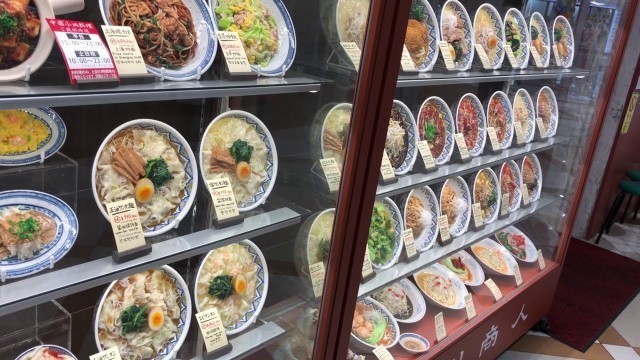

'When I watched Big Bird in Japan as a kid, one scene in particular stuck in my memory, even decades afterwards. In one scene, Big Bird stops in front of a restaurant and looks at the food displayed in the window. He demands to eat the food that’s in the display and, to his disappointment, discovers that it’s not real food at all, just a plastic replica. Known in Japan as sampuru サンプル, or “sample,” this waxy, fake food has been around for nearly 100 years and, over time, has evolved beyond restaurant windows. Nowadays, you can get this fake food in any form you want: keychains, flash drives, cell phone charms, and even fake food iPhone cases. food themed iphone cases If you’ve ever visited Japan and had to order food without much kanji knowledge, sampuru サンプル are a lifesaver. With their exquisite detail, you know exactly what you’re going to get – what toppings on the ramen, what side dishes with the set meal – and if you really can’t communicate in any other way, all you need to do is point. Despite how helpful they are to those of us with minimal Japanese skills, these samples were not created for our benefit – they’ve existed since before mass tourism to Japan was practical. And in fact they’re so unfamiliar to people from most other countries that some are put off by them. One tourist told a reporter: When I see this it makes me feel like I don’t want to eat it. It is too weird. Personally I remember that before I was familiar with Japanese food and culture, when I saw food models in a Japanese restaurant in the US, they seemed odd and rather suspicious. Maybe because these days we equate “plastic” with “fake” and “cheap,” they struck me as the opposite of a sign of quality cuisine. plastic sushi dish Well I couldn’t have been more wrong about the “cheap” part – in fact those samples cost a LOT of money. An easy place for the English-speaker to peruse the prices is at the website of FakeFoodJapan (which has a handy converter in the right hand-corner to change the price in yen into your native cuisine). A simple cup of green tea is 3,600 yen (about 36 dollars), and a single onigiri rice ball is 7,000 yen. Full main dishes go up into the equivalent of hundreds of dollars, like 52,600 yen for a platter of sushi for four. Now imagine one of those restaurant display cases with several rows full of a few dozen dishes, many of them set menus with several components, and add up the numbers in your head. You’re talking serious money. When I first discovered how expensive these models are, I was surprised. Sure, it’s great for customers to know exactly what they’re getting before they order. But other restaurants, both in Japan and in countries that don’t have these food models, do that by printing color photographs in their menus, which is far cheaper. In fact even in Japan many places do both. So I wondered, how did this business get started? WHO INVENTED THE FOOD MODEL? THE PRETTY STORY sampuru plastic replica food It turns out there’s a good reason why the original users of these food models didn’t print photos in their menus instead – it’s because when they were first invented, that wasn’t an alternative. The first model was made in 1917, and the industry really took off in the 1930s, long before color photography – and the reproduction of color photography – was common. There’s agreement on the general outlines on the start of food models becoming a big business. Takizo Iwasaki is acknowledged as the father of the industry, and his company, Iwasaki-bei, is still in business. His first model was a rice omelet, which is still on display at the company’s factory in Gujo Hachiman. The story of Iwasaki’s crucial moment of inspiration in 1932 Osaka is often retold, and for something that didn’t happen all that long ago, there’s surprisingly little agreement on the details. But the more I looked into it, the more I realized that actually made sense – the story turns out to be a bit of an origin myth, so the tale has been romanticized to sound better. One version, on an episode of NHK English TV’s Begin Japanology, relates that his wife was sick, and he couldn’t pay the electric bill, so they had to use candles, which Iwasaki would gaze into late into the night. One evening he picked off a piece of melted wax and saw his fingerprint imprinted. He let wax drip on the tatami and saw how the pattern of the ridges was precisely reproduced. An acquaintance asked if he could make model food samples and despite having no experience, he was sure it could be done with wax. Or if the leap from wax fingerprints to food doesn’t sound convincing, how about this: On the company’s web page, an introductory video says Iwasaki let wax drip in the water and it formed the shape of a beautiful flower on the surface. Years later, after a lot of testing and trials, he created the first omelet food model.'
Tags: japan food , japanese food , fake food , Tokyo Food , Japanese restaurant , sampuru , plastic food , sample food , display food , Food samples , japan technology , japan latest technology , Fake food samples , Display food samples
See also:

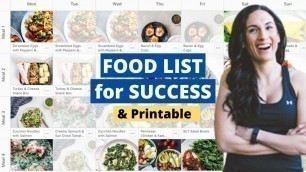

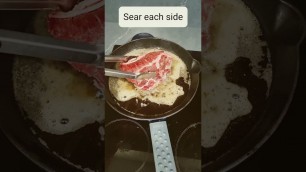
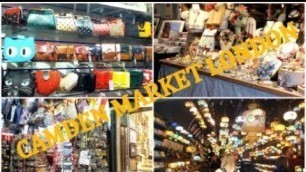


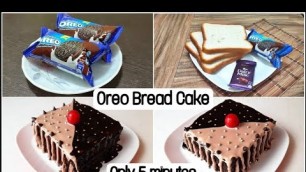
!['Weekend Vlog: [SM MOA | HAWKER CHAN | KOREAN GROCERY STORE + HAUL]'](https://cdn-img01.foodbestblog.com/images/41-m/593/593947_m.jpg)
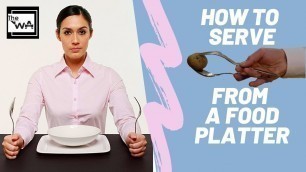

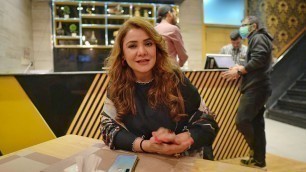





comments